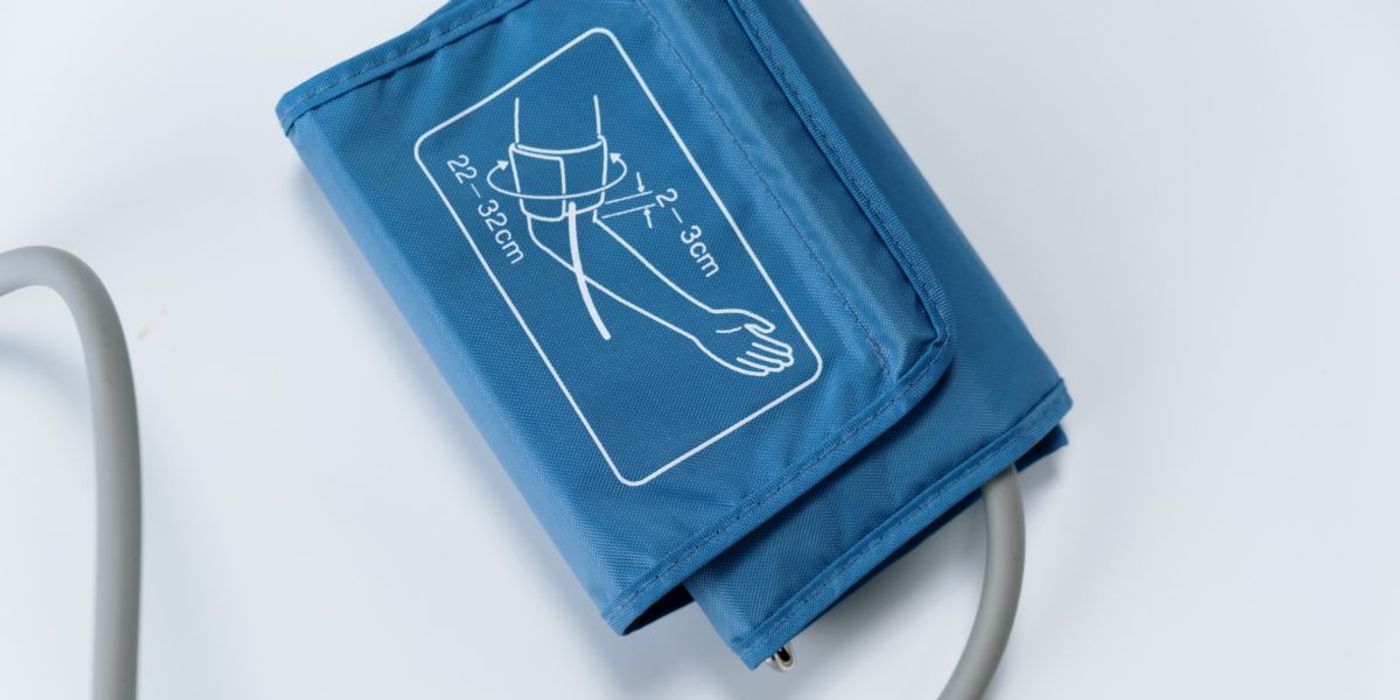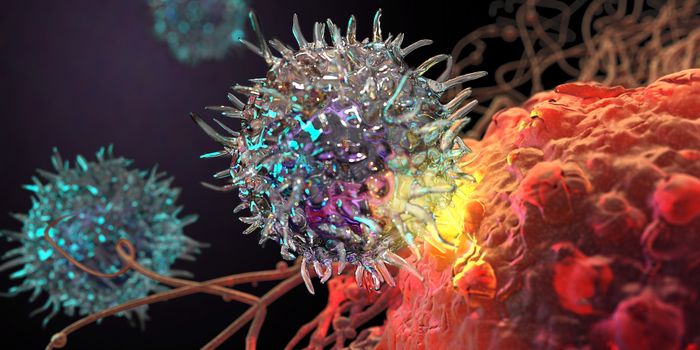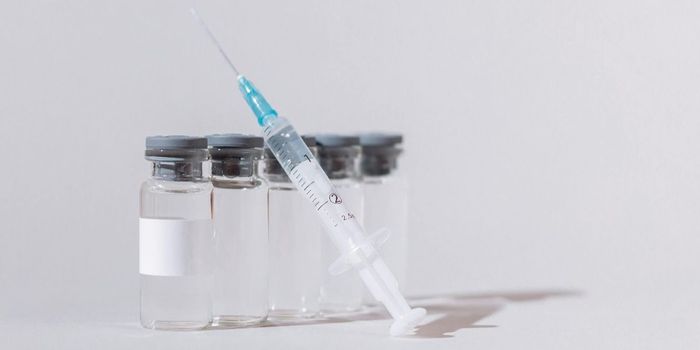Muscle Techniques Ease Dizziness from Low Blood Pressure
Two muscle techniques that are free of cost and easy to implement can reduce dizziness upon standing for those with hypotension. The corresponding study was published in Heart Rhythm.
Initial orthostatic hypotension (IOH) is defined as a transient decrease in blood pressure upon standing. While up to 40% of the general population is affected by this condition, it is relatively understudied and has no pharmacological treatments. A popular way to manage its symptoms is to simply stand up slowly.
"Almost everyone has probably experienced some lightheadedness at some time after standing up," explained lead author of the study, Satish R. Raj, MD., "For some people this is a frequent occurrence and may happen several times a day, which can be very frightening and negatively impact their quality of life. We wanted to explore this further and provide novel and effective symptom management techniques with the goal of improving the IOH patient's quality of life."
For the study, the researchers recruited women with an average age of 32. Each had a significant history of fainting immediately after standing and had over four episodes of syncope or presyncope per month- a temporary loss in consciousness from a fall in blood pressure or the preceding dizziness. To qualify for the study, participants also had to experience a drop in systolic blood pressure of at least 40mmHg upon standing.
During the experiment, the participants completed three sit-to-stand maneuvers; one as a control and two with different interventions. The first intervention included repeated knee raises for 30 seconds prior to standing, known as 'PREACT'. The second included tensing the lower body muscles immediately after standing by crossing the legs for 30 seconds, known as 'TENSE'.
Upon standing each time, the participants reported symptoms, including mental clouding, blurred vision, and rapid heartbeat. The researchers also tracked participants’ heart rate and beat-to-beat blood pressure. From these measures, they were able to estimate stroke volume and cardiac output.
In the end, the researchers found that PREACT led to an average drop in blood pressure upon standing of 21 mm Hg, TENSE: 18 mm Hg, and no intervention: 28 mm Hg. They also noted an increase in cardiac output in the PREACT group compared to the control group and significant reductions in reported symptoms in both PREACT and TENSE groups compared to the control group.
"Our study provides a novel and cost-free symptom management technique that patients with IOH can use to manage their symptoms," said Nasia A. Sheikh, MSc, first author of the study. "Since it is a physical maneuver, it simply requires the lower body limbs, which patients can utilize at any time and from anywhere to combat their symptoms."
Sources: Heart Rhythm, Science Daily









